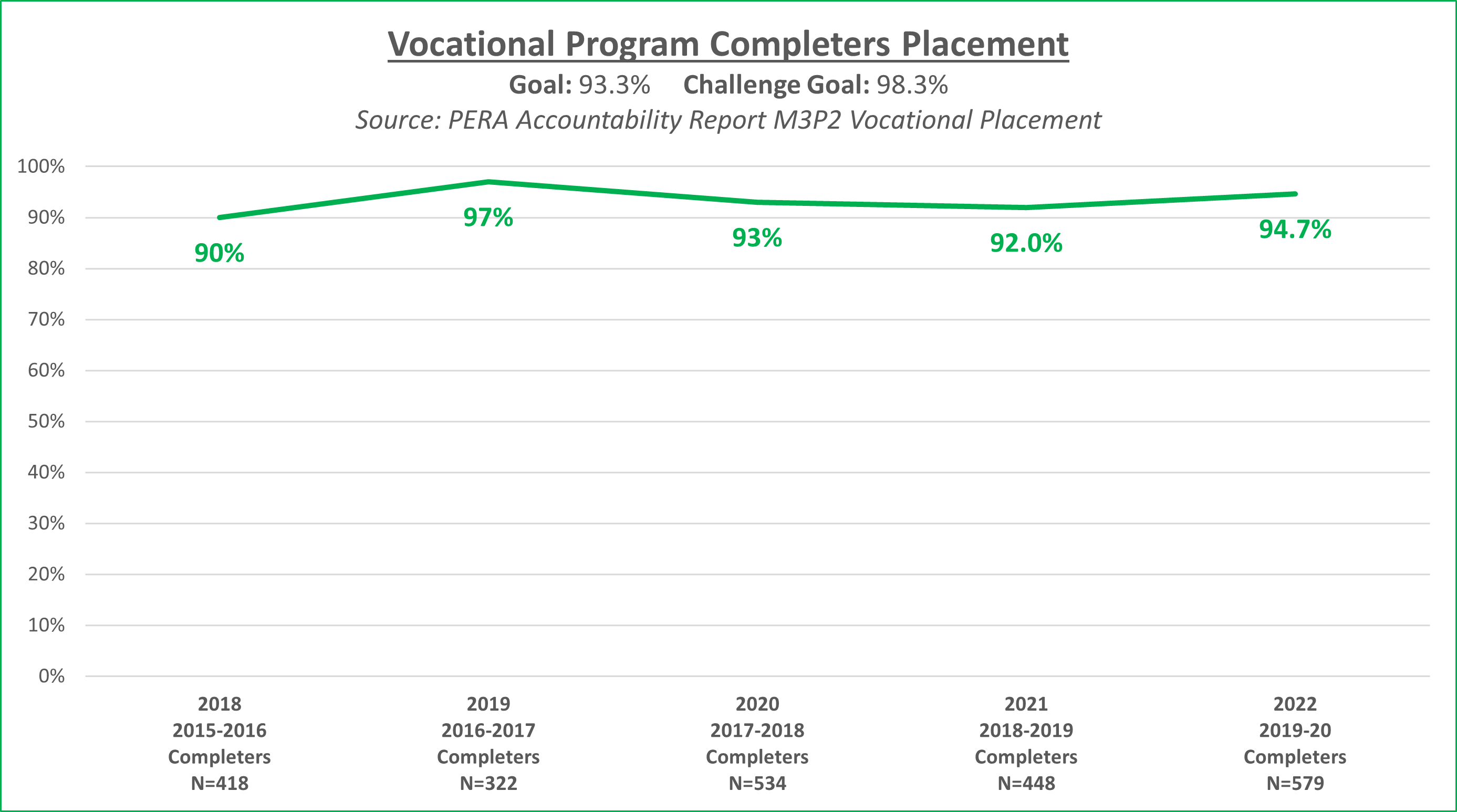
Everest University strives to ensure positive outcomes for its students and graduates. To this end, the University tracks several student achievement metrics to determine if students are retained by the University, if they graduate from the University, and how well their education serves them as they seek employment or continuing education. By monitoring these metrics, the University can make timely and appropriate interventions to ensure positive outcomes for its students.
For each metric, two goals are presented.
Goal: The first is a minimum goal, based on the five-year average of the metric. If the metric dips below this minimum, University leaders take immediate action to improve performance.
Challenge Goal: Everest University seeks continuous improvement. Therefore, the second goal is a challenge goal, which is the five-year average of the metric plus an incremental 5% increase. Working towards the challenge goals helps the University improve its education and services to better meet students’ needs.
(N) Sample Sizes
For each metric, sample sizes are listed when available next to each reporting year. The sample size is the number of students counted in the cohort, represented by the letter “N”.
Dual Enrollment
Dual enrollment students are not counted in the graduation and retention rate metrics presented. Dual enrollment students who graduate from high school and then matriculate at Everest University are considered First Time In University (FTIC) students and are included in reporting from this point forward. PSVC metrics include CCC and ATD programs.
Graduation rates are an important student success metric, as students who graduate with a degree or certificate can access the benefits of an educational credential, such as improved job prospects, more fulfilling work, and a stable income. Everest University uses two data sources for graduation rates: Integrated Postsecondary Education Data System (IPEDS) Reports (Figures 1-3) , which presents the University’s overall graduation rate; and Florida University System (FCS) Accountability Reports (M1P2) (Figures 4-7, 8-11) , which includes the University’s graduation rate by program type.
The traditional IPEDS graduation rate is calculated based on the number of first time in college students attending the University full-time who graduate within 150% of normal degree completion time.
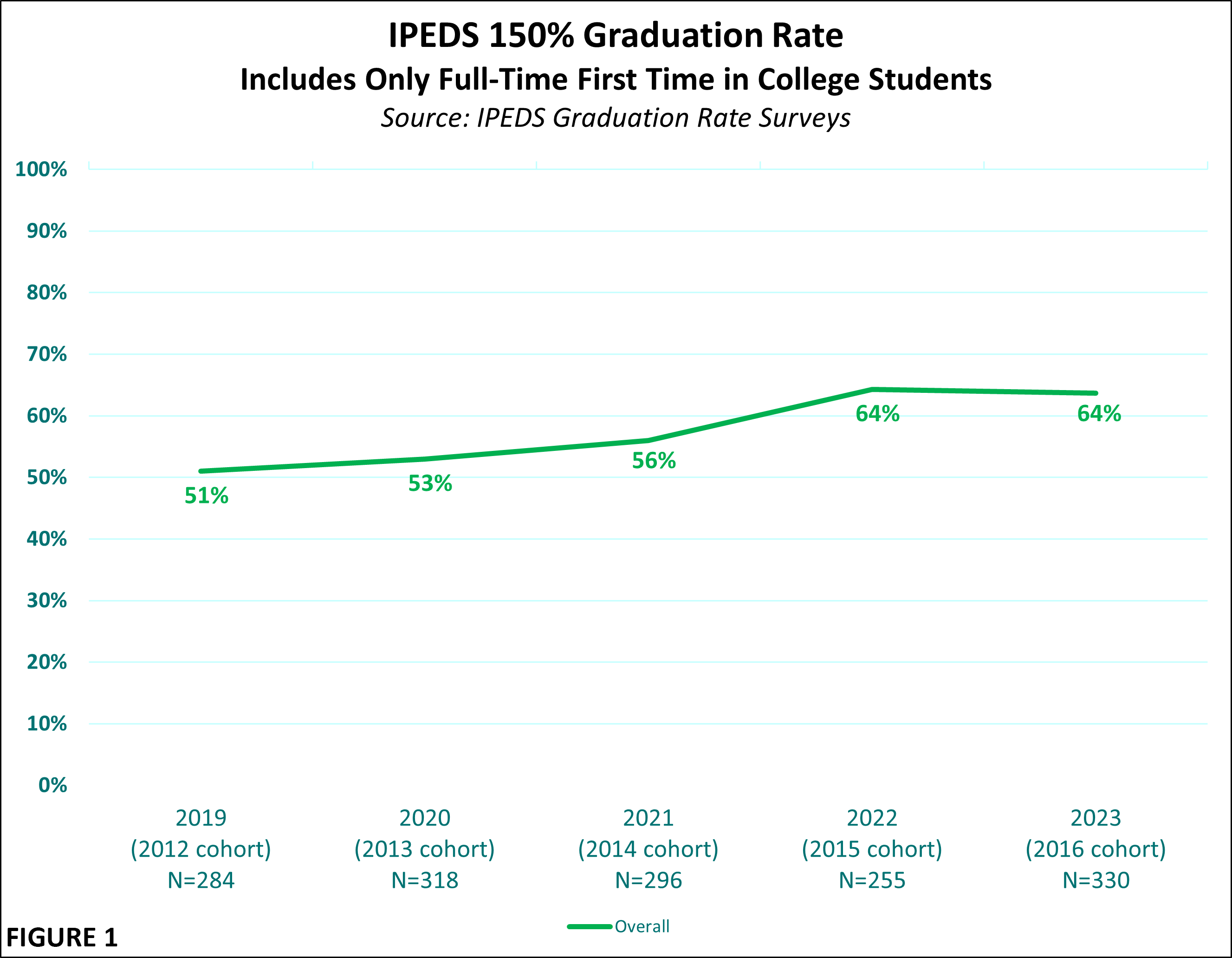
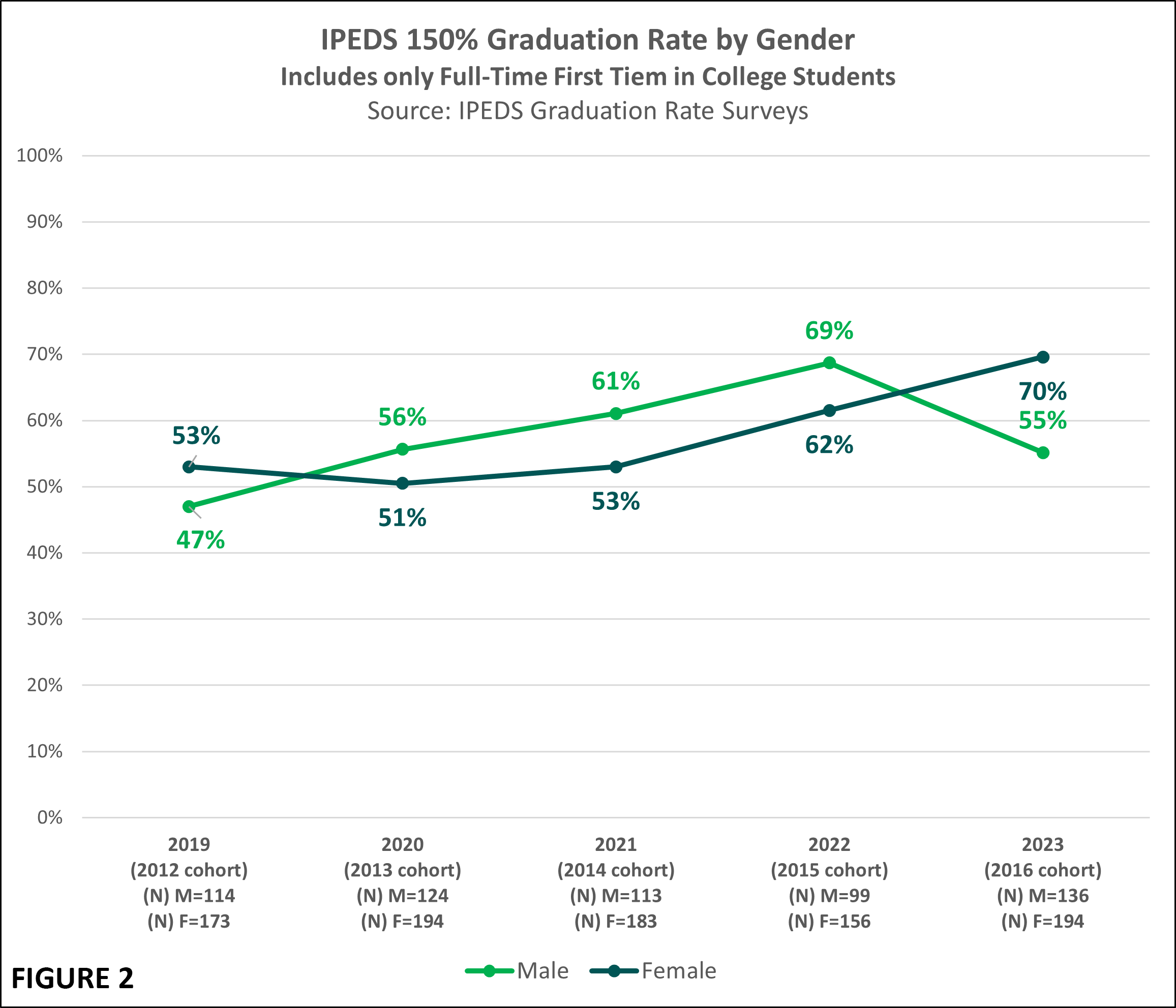
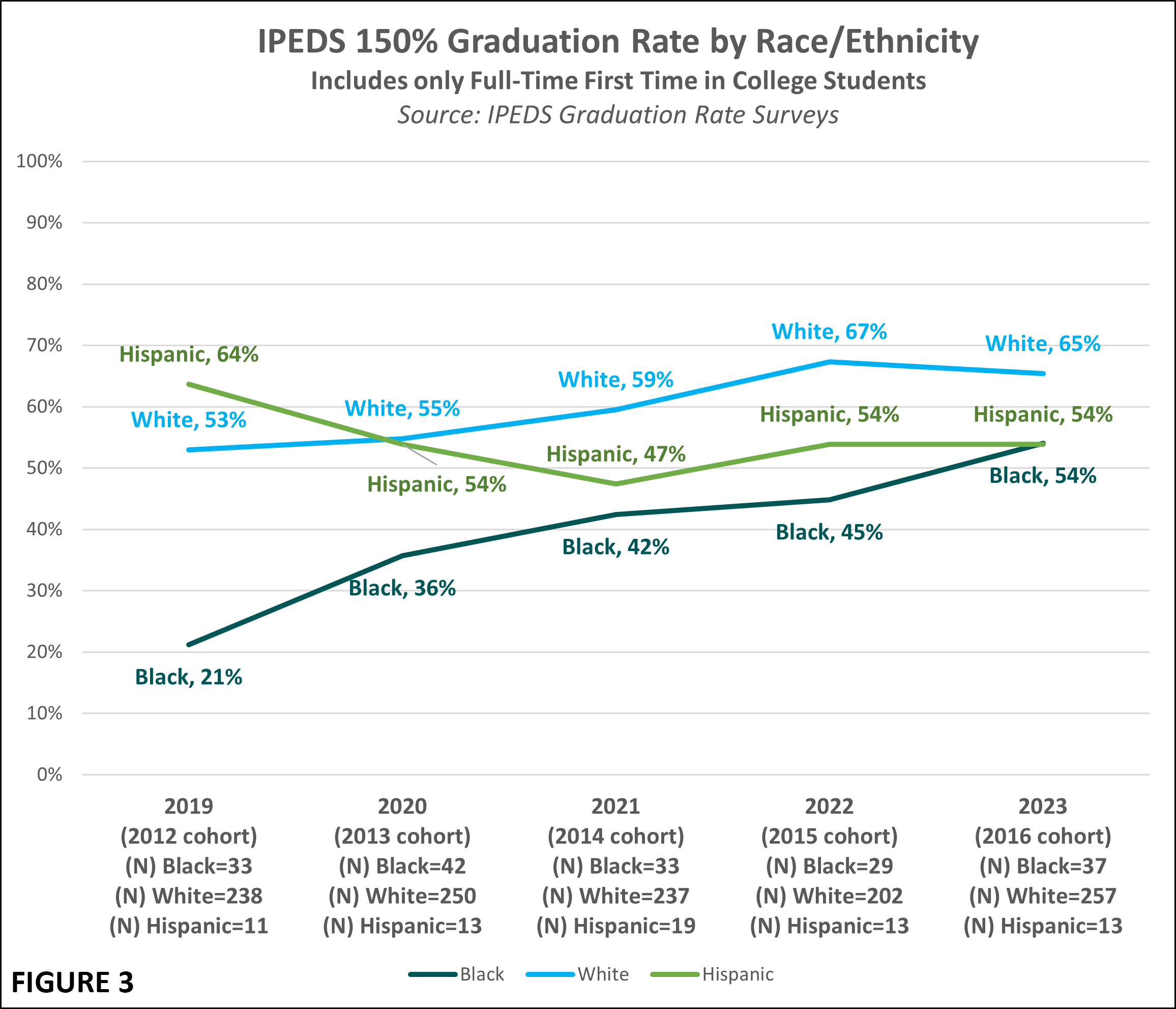
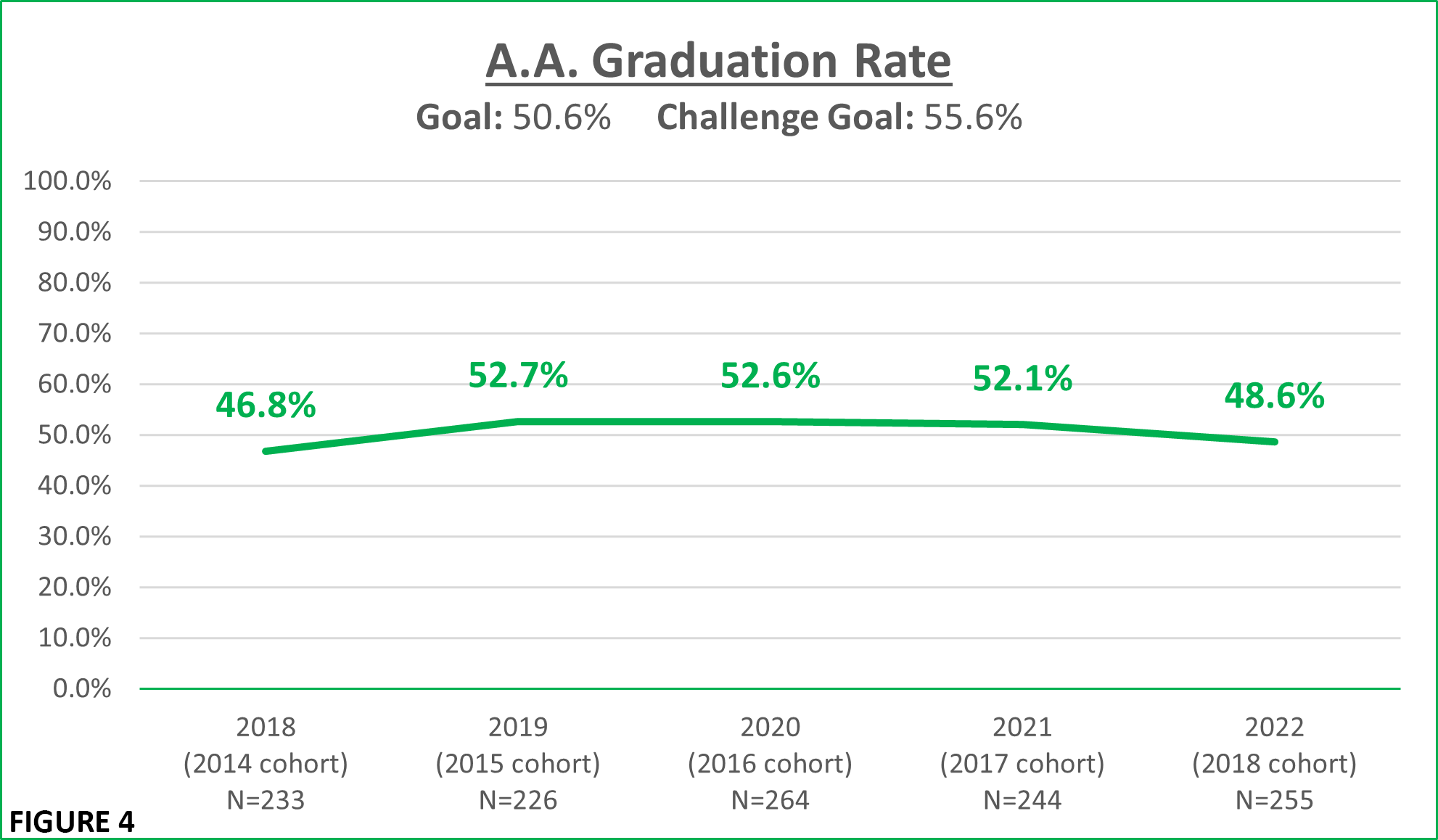
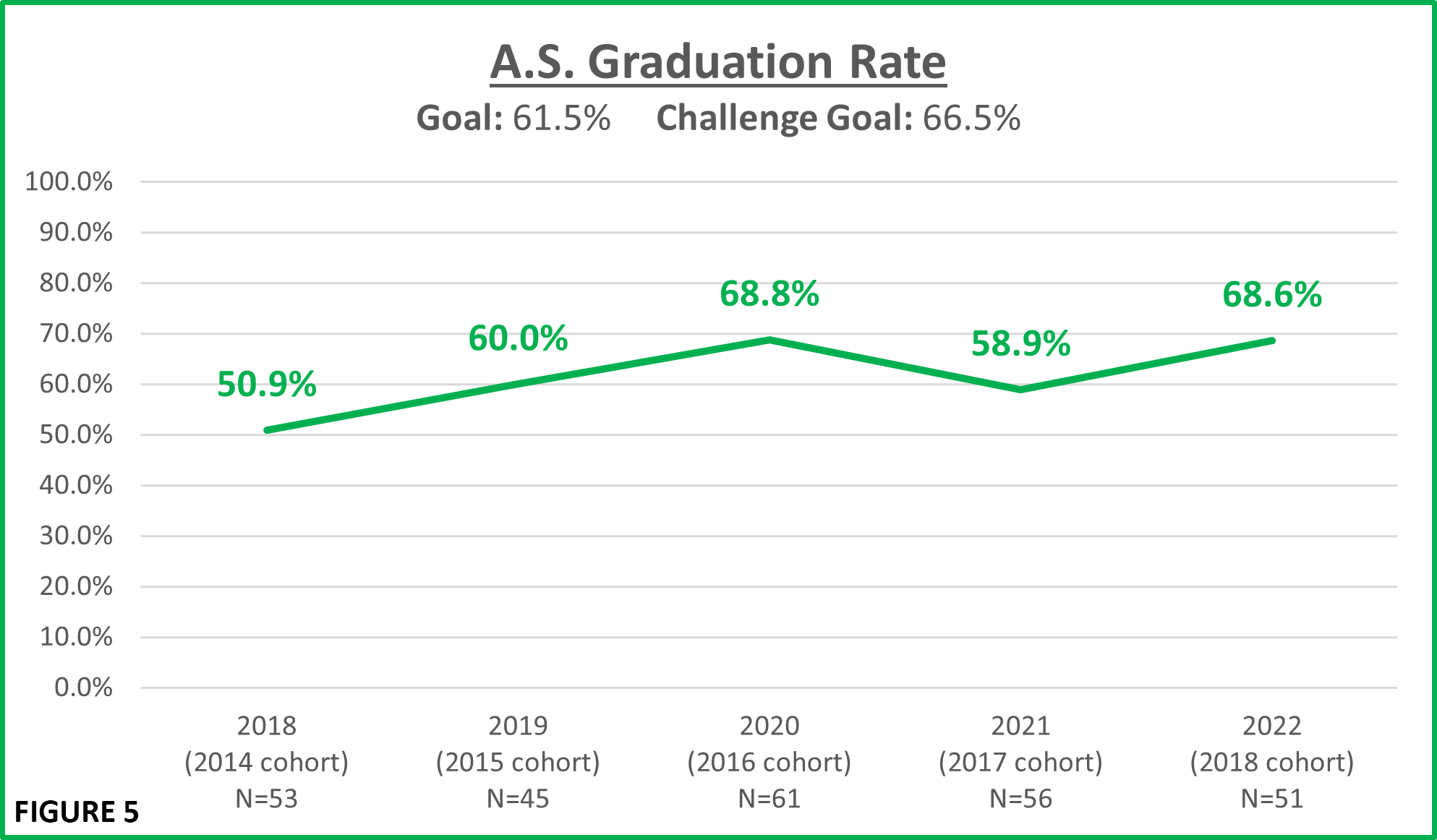
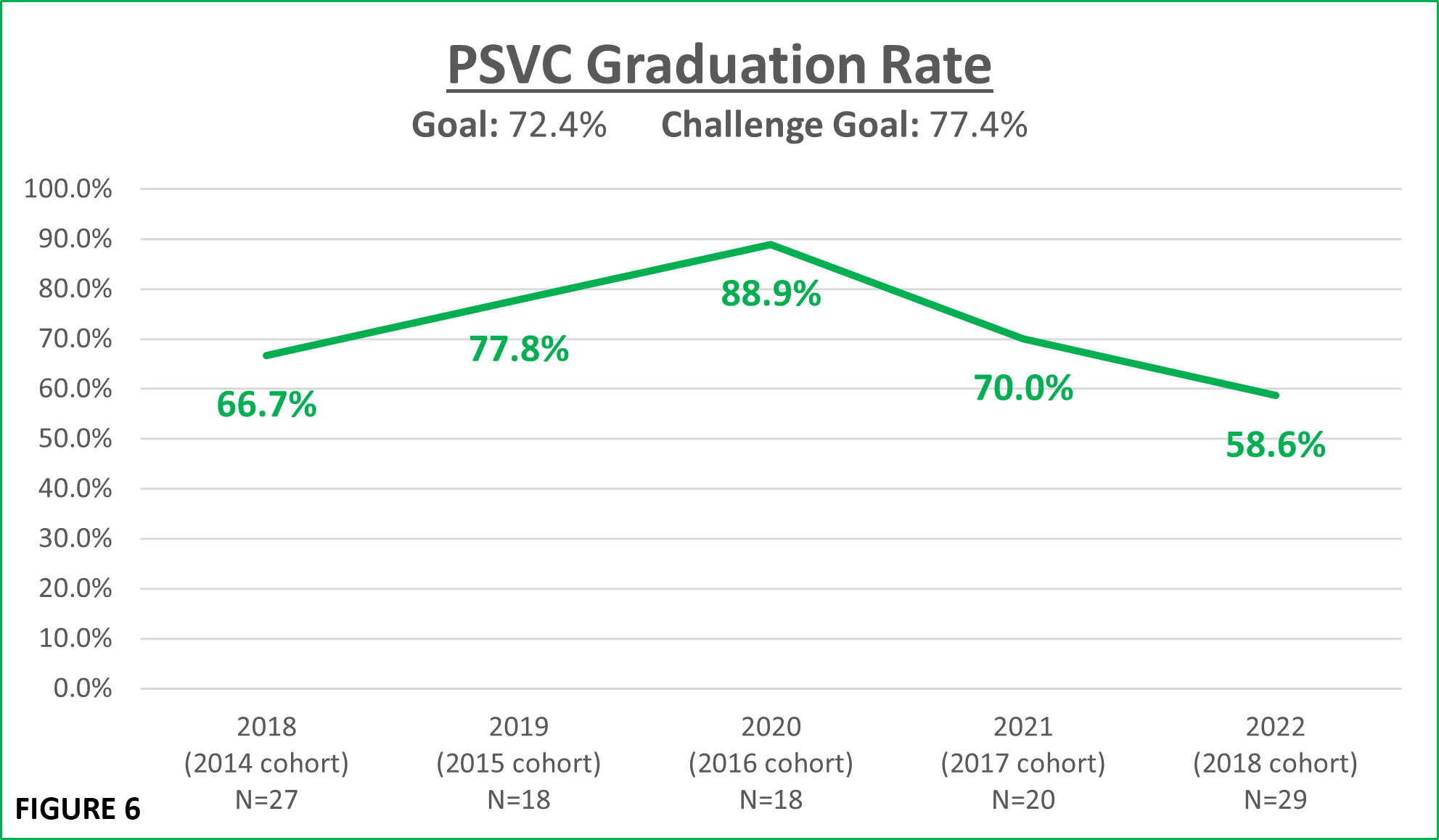
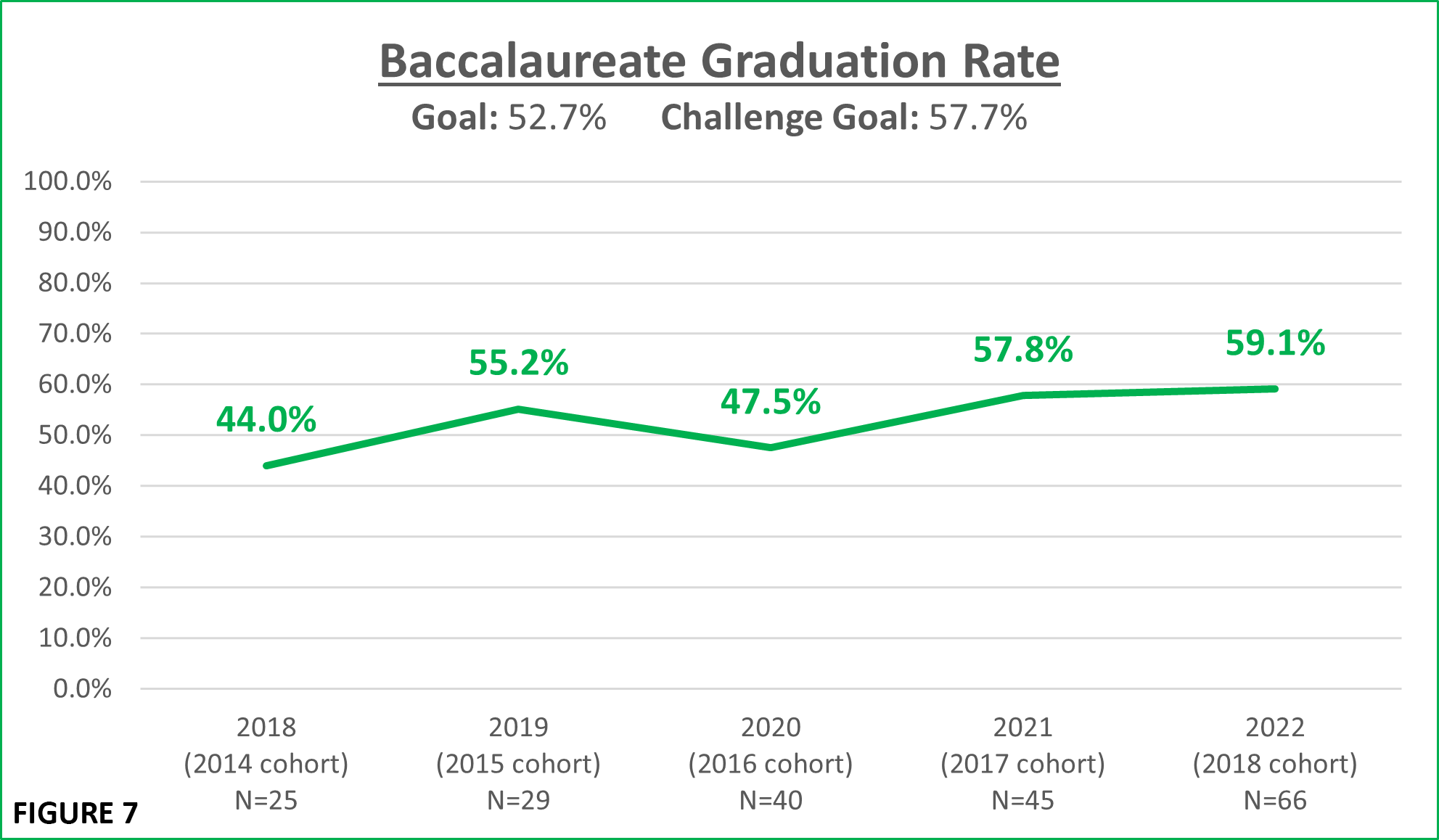
Everest University recognizes the importance of student retention, as retention is the first step towards graduation from the University. If a student is retained, this indicates that the University is meeting the needs of that student. The Florida University System considers students in a cohort to be retained if they enrolled in two consecutive fall terms. Retention calculations include both part-time and full-time FTIC students. Source: The Florida University System Accountability Reports .
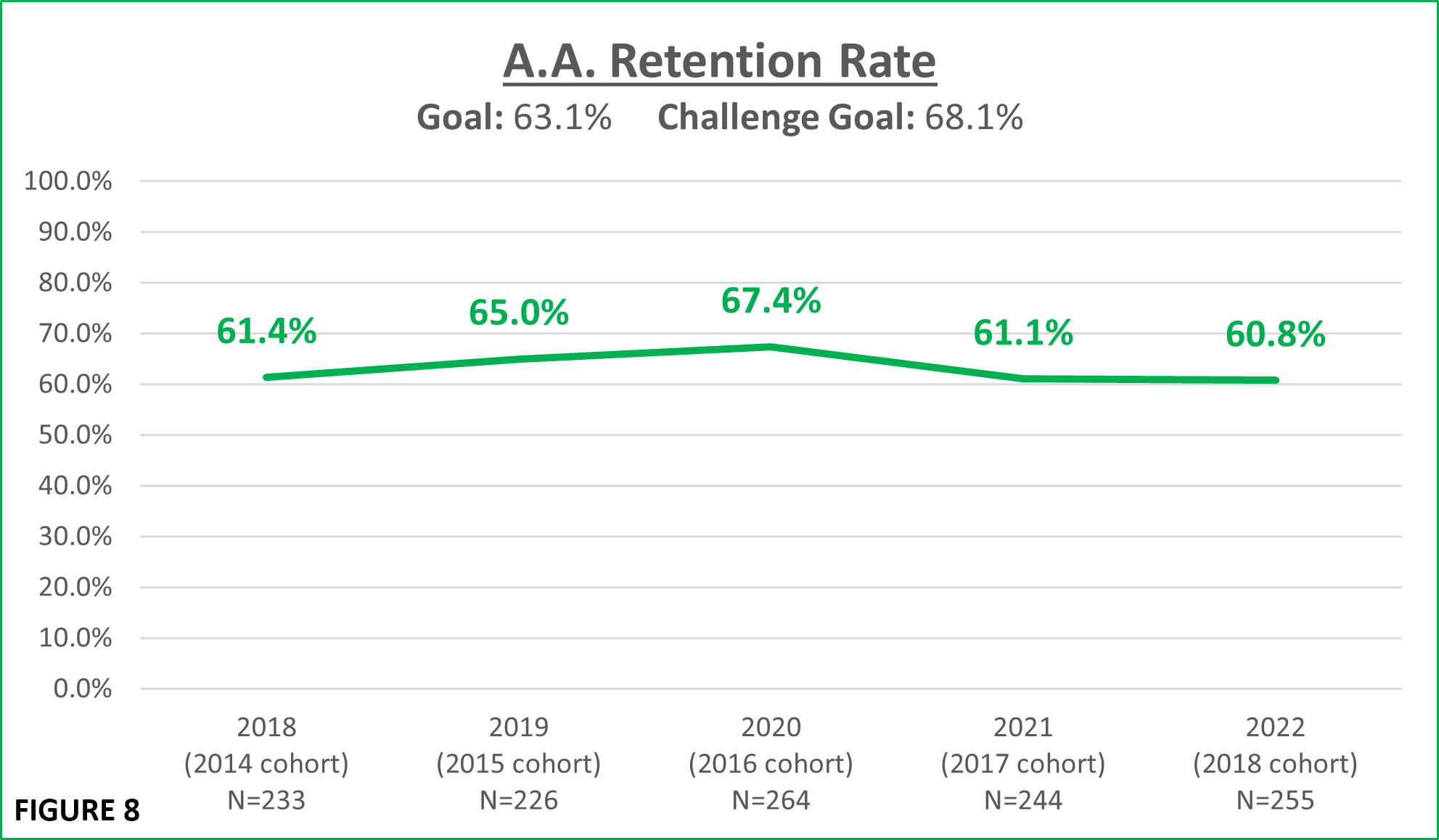
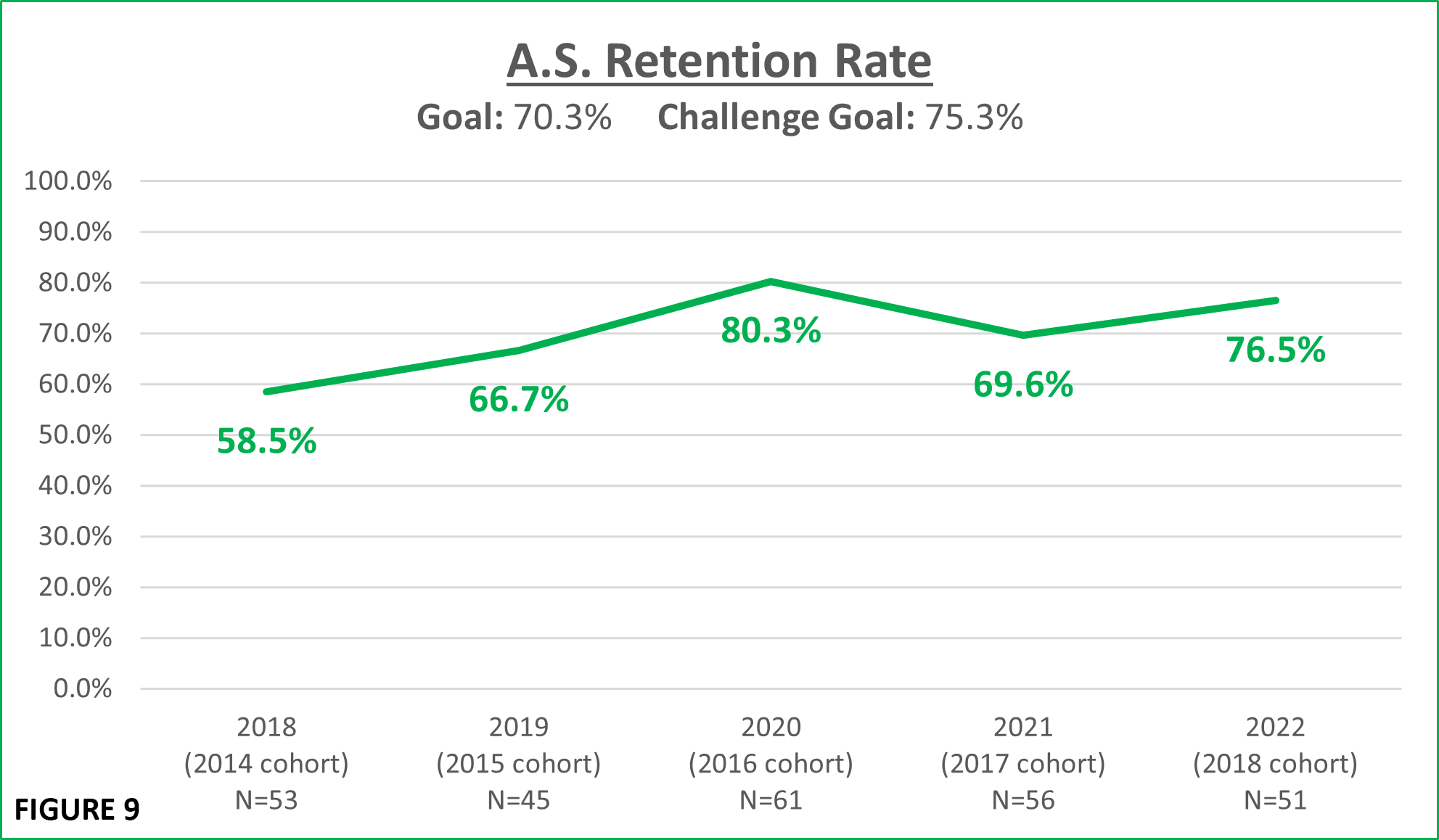
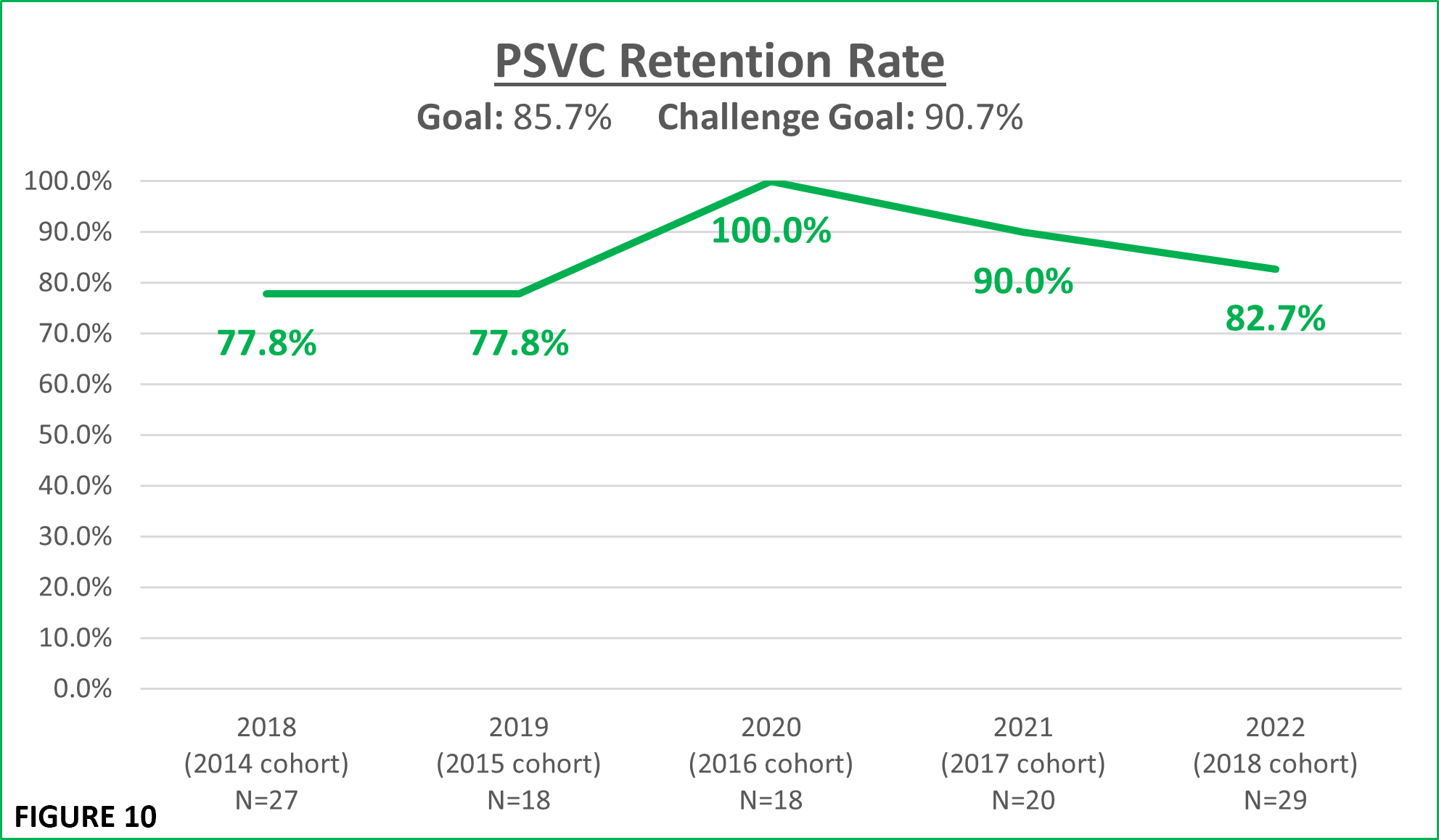
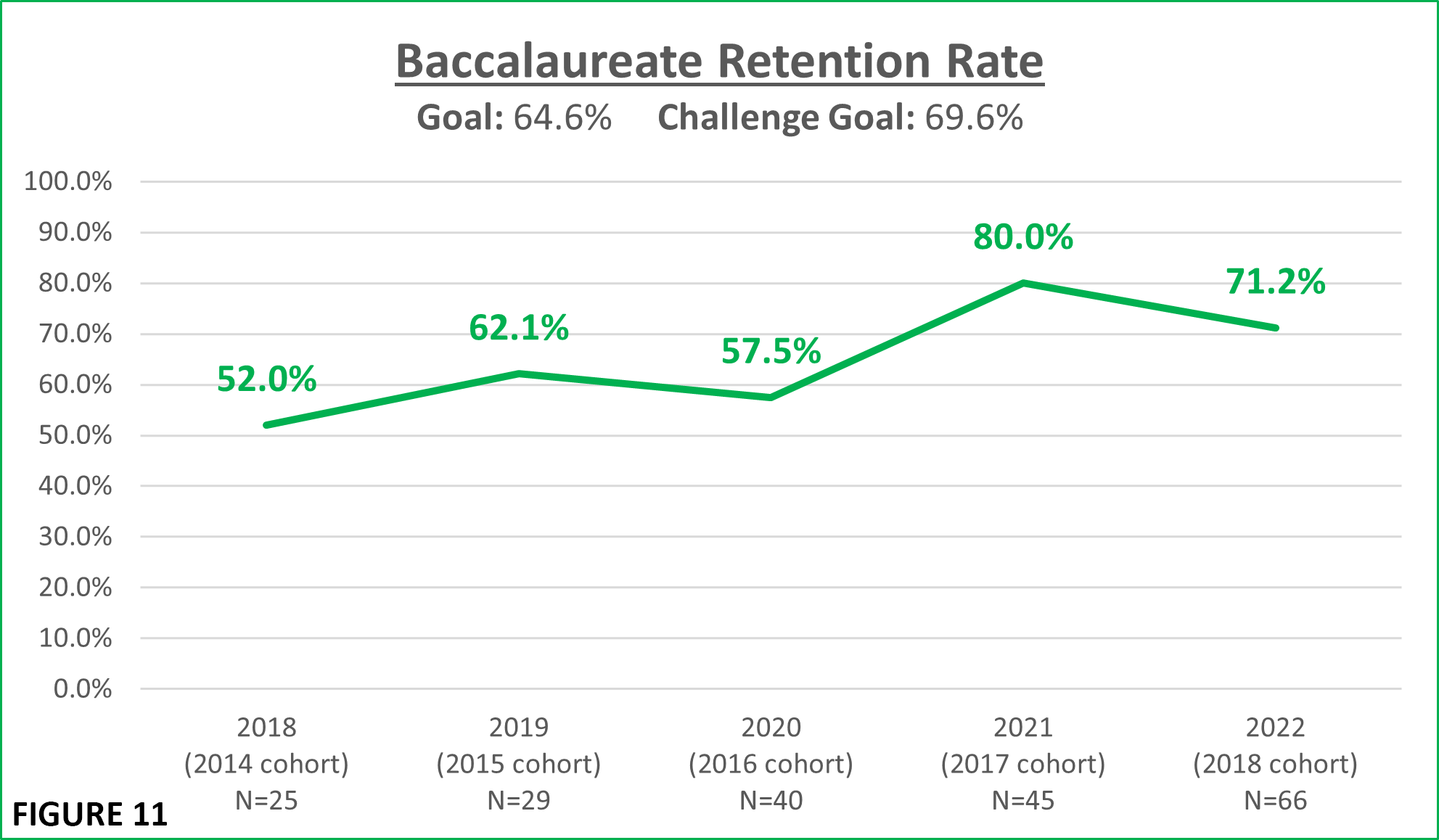
The Master of Arts (A.A.) degree is designed for students who wish to further their education, either to a four-year institution or program that generally requires education beyond high school for admittance. As such, the percentage of A.A. students who continue education after graduation is an indicator of how well the University’s A.A. program is meeting the needs of these students. Source: Florida Education & Training Placement Information Program (FETPIP) MA Completer Reports .
Note: In prior years, Everest University considered only A.A. students who transferred to a four-year institution (university) in this measure. As there are a number of programs that graduates plan to pursue after obtaining their A.A. (such as the ASDN), we have expanded this measure to include any students who continue to pursue educational goals beyond the A.A. degree.
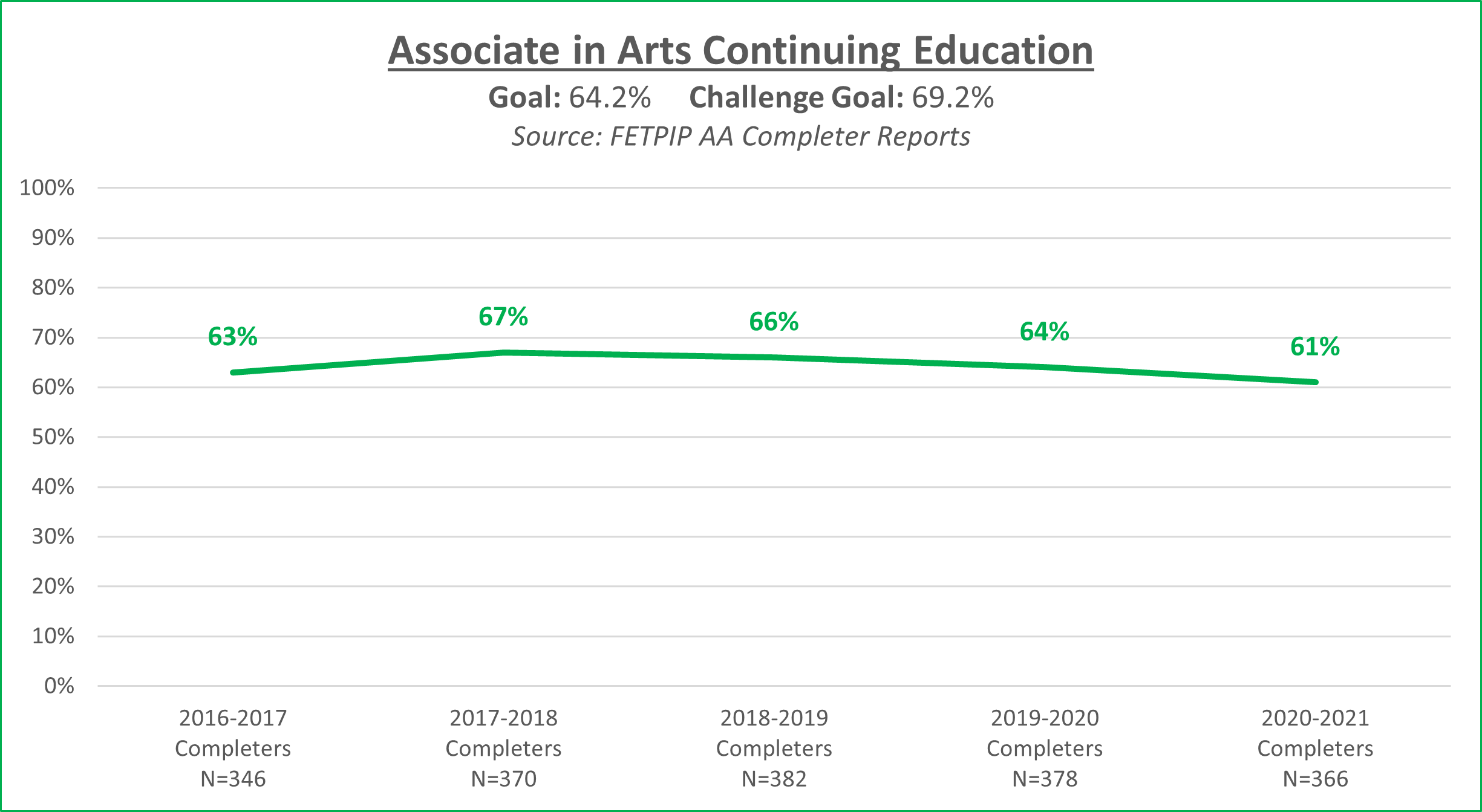
Vocational program placement rates are an important student achievement indicator. Many students enroll in higher education programs to improve their job prospects and career mobility. High placement rates demonstrate that Everest University’s programs are adequately preparing students to enter the workforce or continue their education. Vocational placement is defined by the Florida University System as being employed, being enrolled in an educational program, or being in military service.
Placement rates include all students who completed a workforce program (AS, MAS, CCC, ATD, OC) within the time period examined. The University recognizes that its placement rate is consistently high (above 90%), but is committed to striving towards the challenge goal. Source: FCS PERA Accountability and M3P2 Vocational Placement reports.
